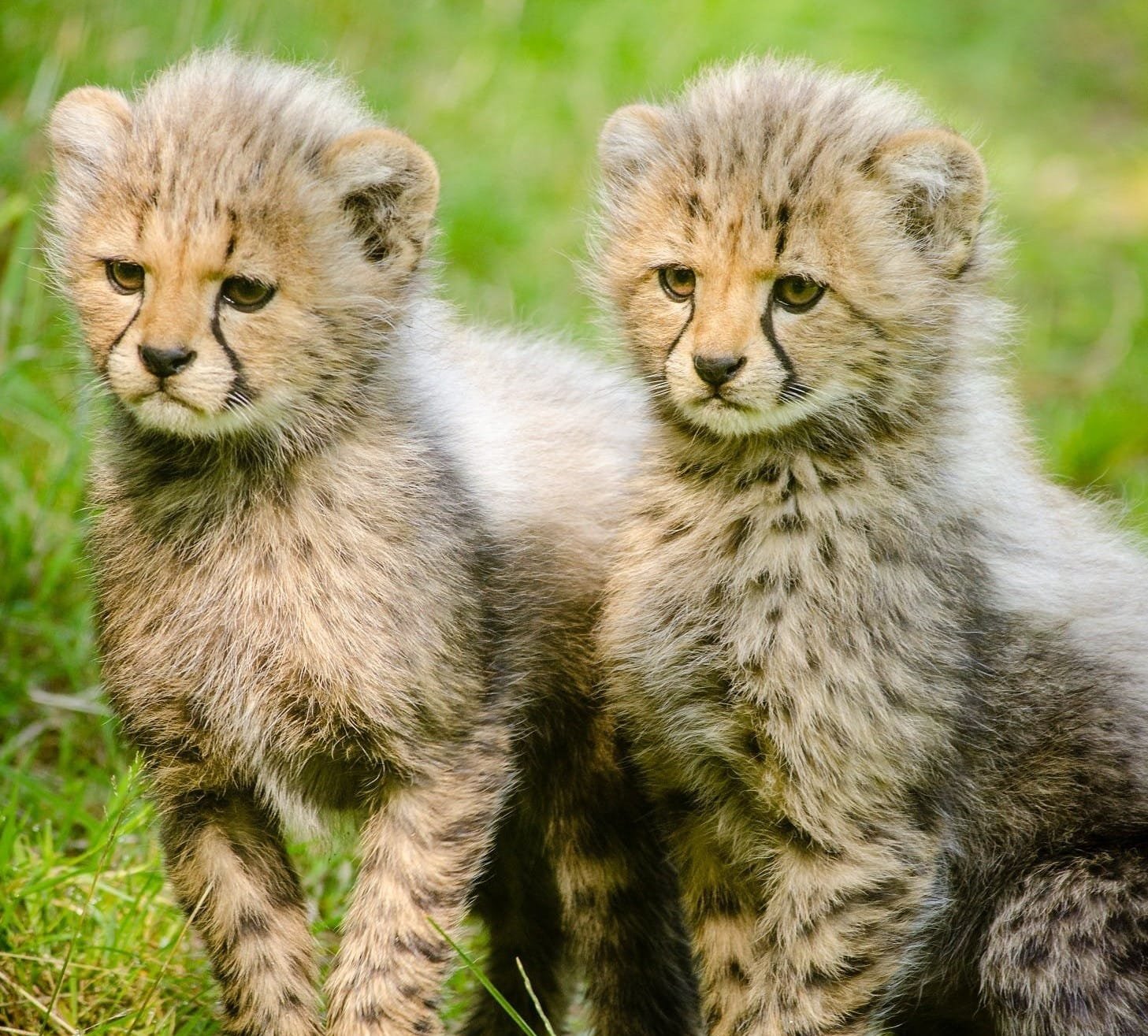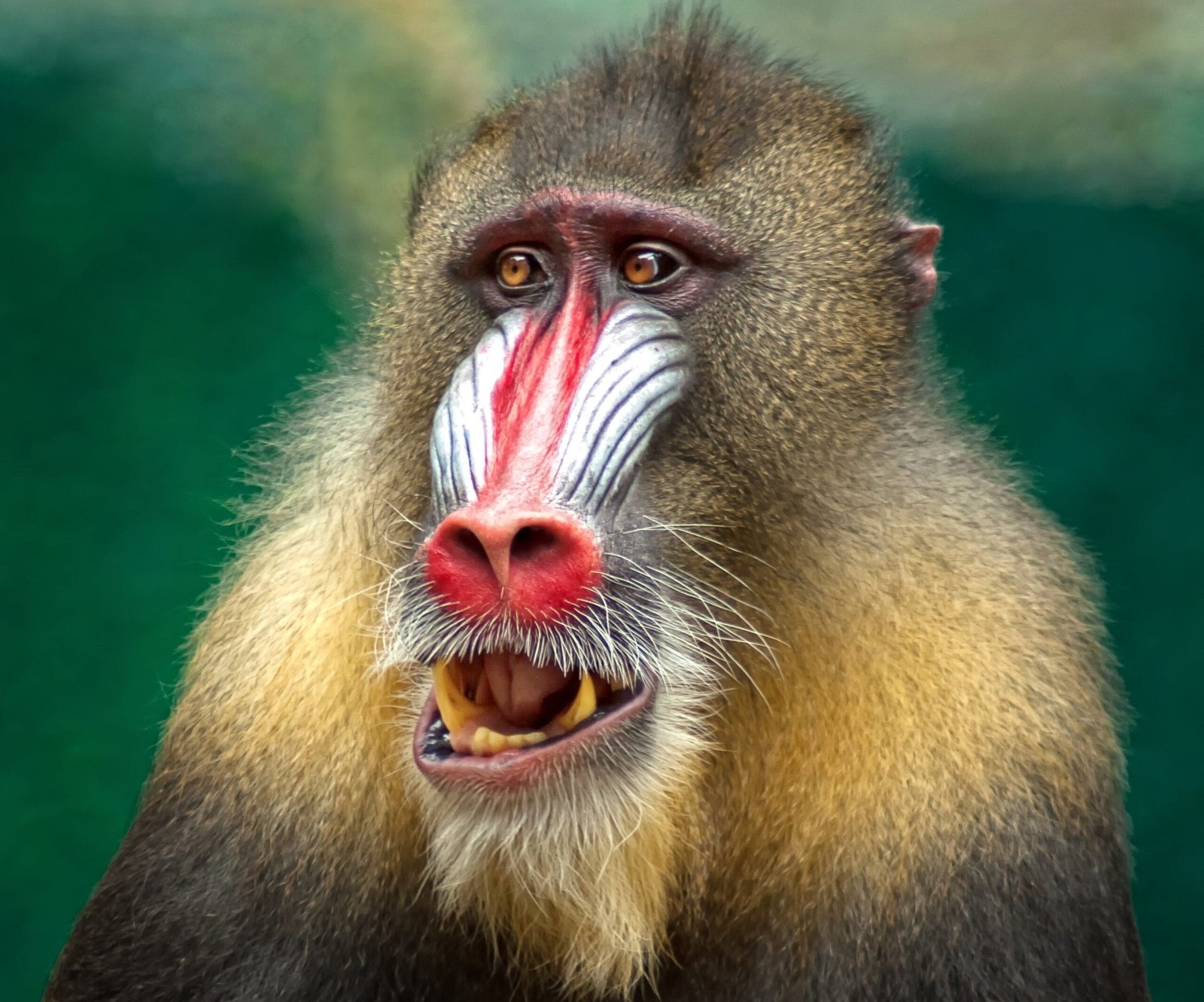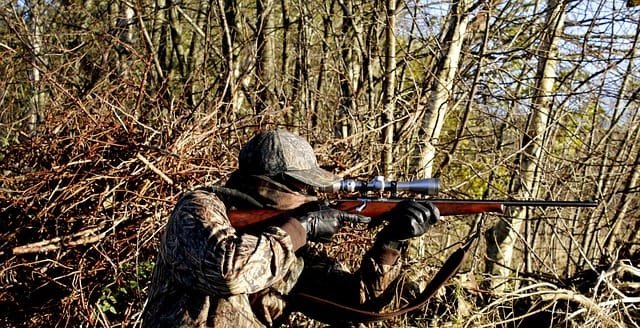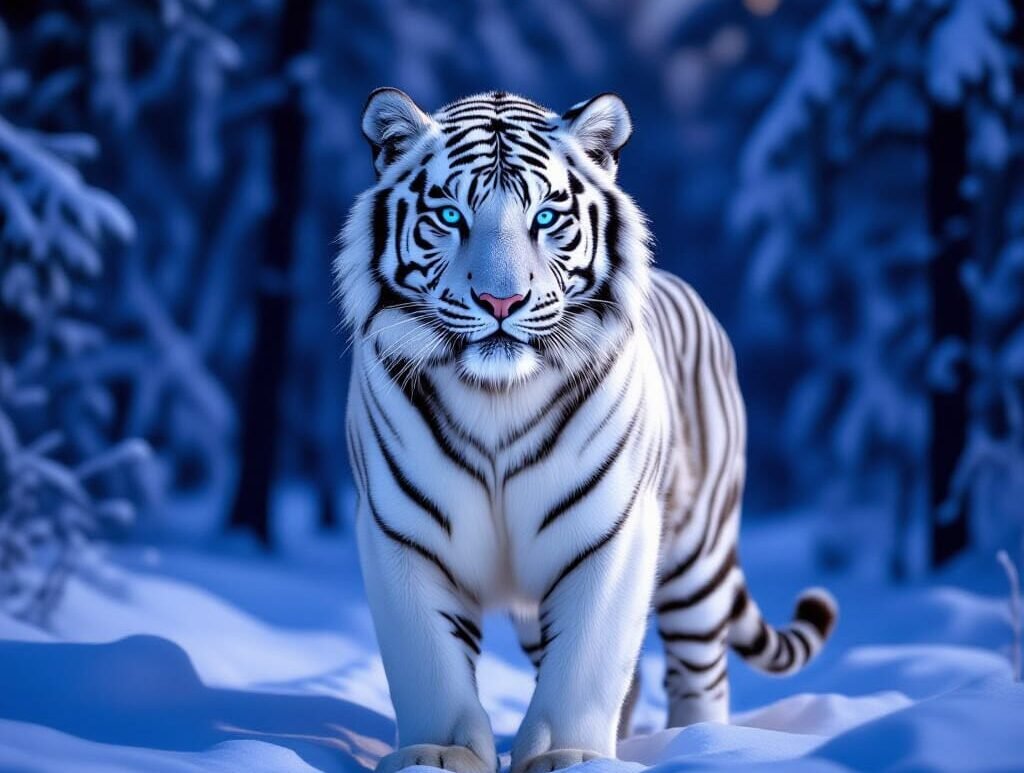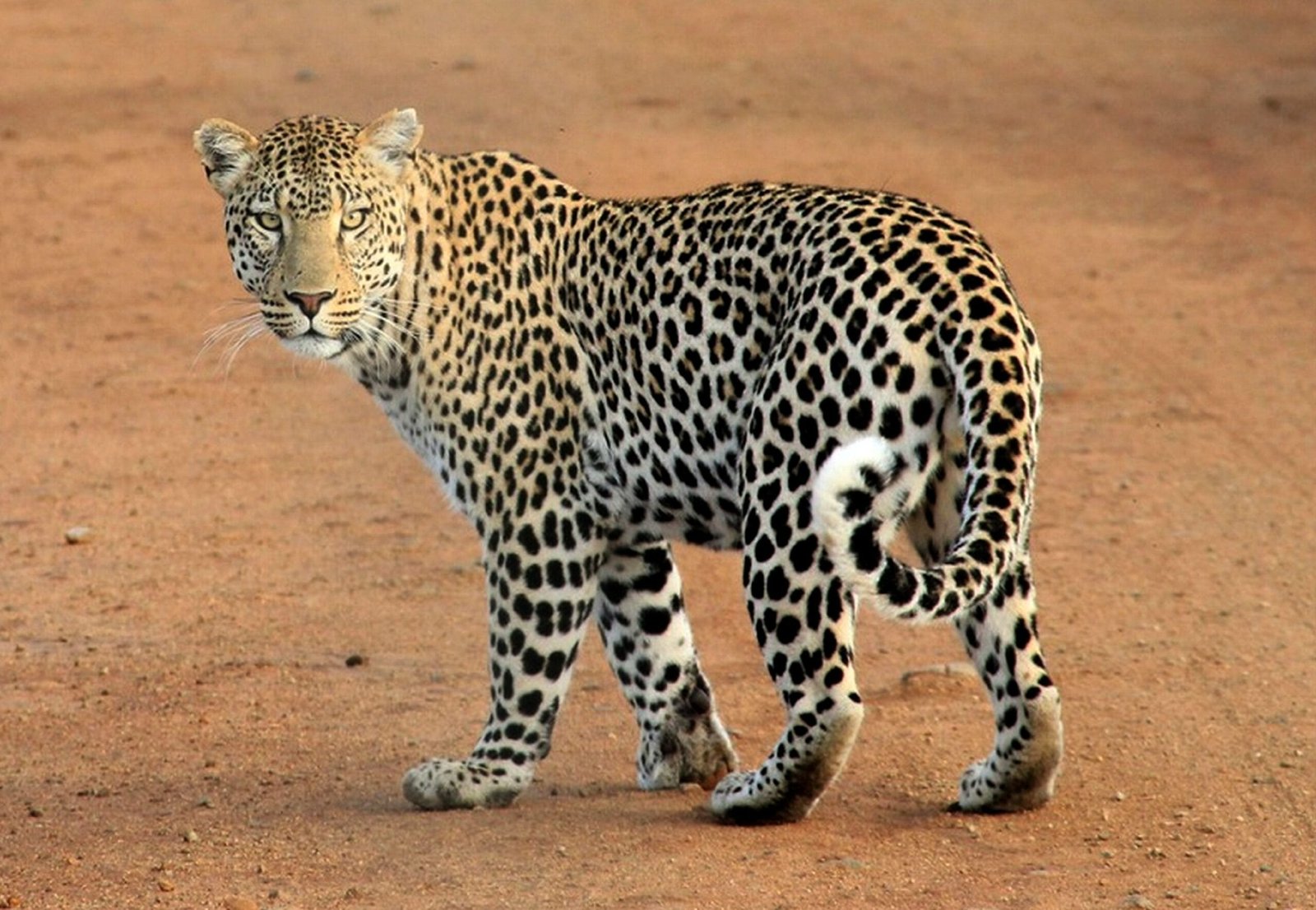It is a common misconception that all wild animals are dangerous. While it is true that some animals can pose a threat to human life, many are not generally considered to be hazardous. This article will explore four categories of wild animals that are not usually dangerous to human life.

Some examples include:
Most birds, such as sparrows, robins, and ducks, are not dangerous to humans and are often found in urban areas. Sparrows and robins, for example, use their strong beaks to crack open seeds and insects, while ducks often use their webbed feet to search for food in shallow water.
Birds have evolved several adaptations that help them locate and obtain food, such as keen eyesight and a well-developed sense of smell. Many birds, such as sparrows and robins, are opportunistic feeders who take advantage of various food sources, including seeds, fruits, insects, and worms. On the other hand, ducks are often more specialized in their foraging habits and may rely on a specific type of food, such as aquatic plants or small fish.
In addition to foraging, many birds store food for later consumption. Some birds, such as jays and chickadees, are known for caching food in hidden locations, while others, such as woodpeckers, may store food in specialized structures called granaries.
Overall, a particular bird species’ specific foraging and feeding habits are primarily determined by its natural habitat and available resources.

Many small mammals, such as rabbits, squirrels, and mice, are not dangerous to humans and can often be seen in gardens and parks. These animals are typically timid and will try to avoid contact with humans. However, it’s important to remember that all wild animals can be unpredictable, and observing them from a safe distance is best. It’s also essential to respect their natural habitat and not try to handle or disturb them.
Some herbivorous animals, such as deer and goats, are not dangerous to humans unless they feel threatened or are protecting their young. These animals have evolved to survive by feeding on plants and do not typically have the physical adaptations or behaviour necessary for preying on other animals.
Marine animals, such as dolphins and seals, are not dangerous to humans and can often be seen in coastal areas.
Dolphins are a type of marine mammal belonging to the Delphinium family. They are known for their playful and curious nature and are often considered some of the most intelligent animals on Earth. Dolphins have a streamlined body shape and are adapted for swimming, with a dorsal fin that helps them navigate the water. They are found in marine environments, including oceans, estuaries, and rivers.
Seals are also marine mammals that are adapted for life in the water. They belong to the family Pinnipedia and are known for their agile swimming ability and ability to dive to great depths. Seals have a streamlined body shape and front flippers that they use to swim through the water, and they have a layer of fat under their skin to help keep them warm in cold water. Seals are found in marine environments, including oceans, estuaries, and rivers.
Both dolphins and seals can be at risk if they feel threatened.
Conclusion
Many wild animals are not generally dangerous to human life, and this can be due to various factors, including the animal’s natural behaviour, habitat and ecosystem, and human interactions.
For example, many species of birds and small mammals are not generally dangerous to humans because they are not strong enough or do not have the means to cause harm. Similarly, some larger animals, such as deer or elk, may only be aggressive towards humans if they feel threatened or are protecting their young.
Other animals, such as certain species of fish or reptiles, may not directly threaten humans because they live in environments that are not easily accessible or have limited interactions with humans.
It is important to remember that all wild animals should be respected and treated with caution, as they can be unpredictable and may act in self-defence if they feel threatened. It is also essential to respect wild animals’ natural habitats and avoid disturbing or harming them.
This blog, “Ever Elegant Wedding Blog,” might catch your interest.
